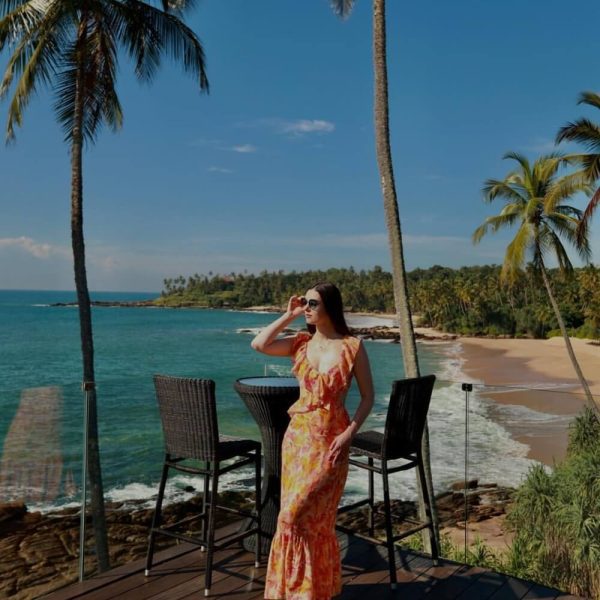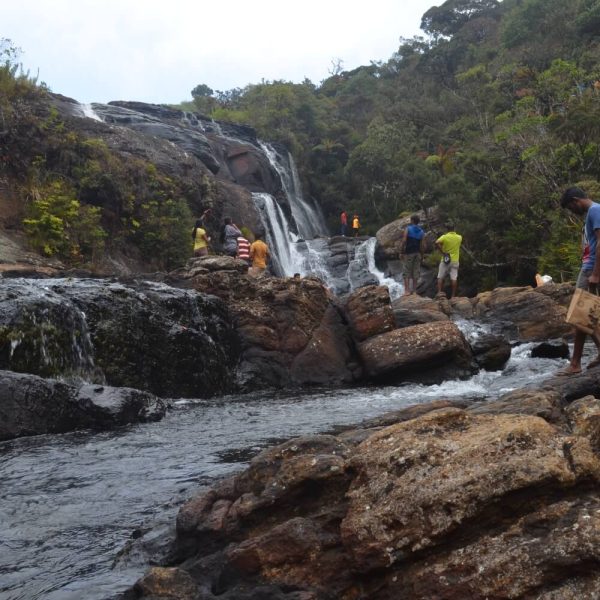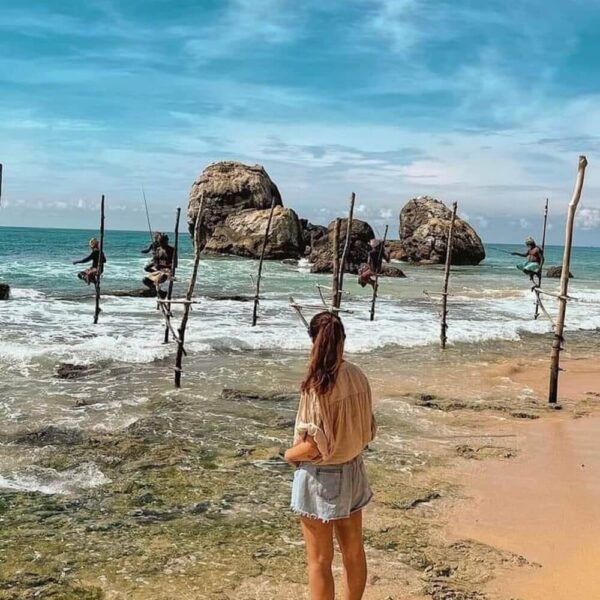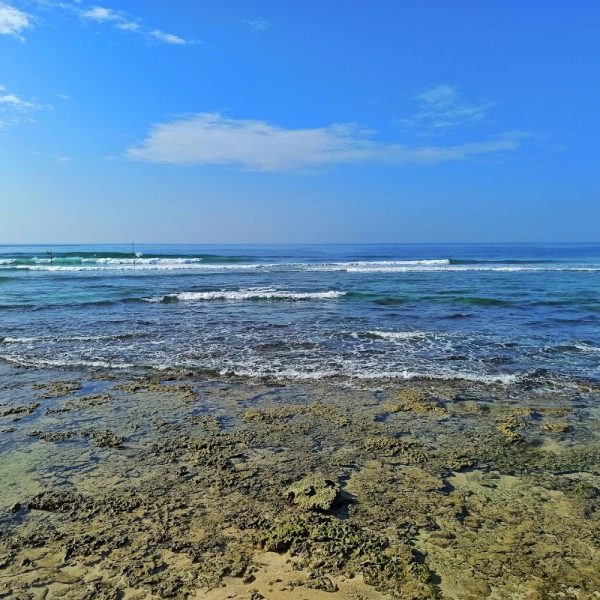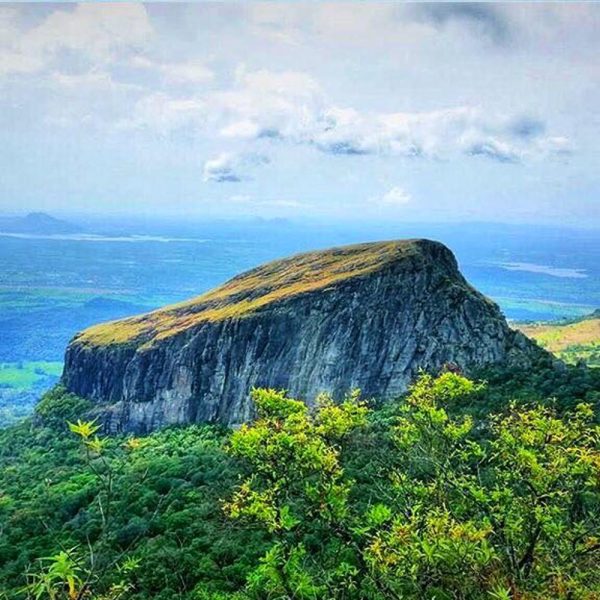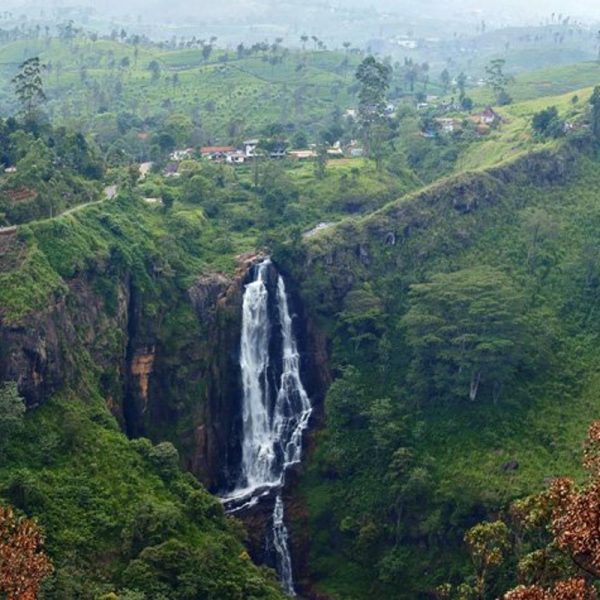Description
Kala Wewa, also known as Kala Wewa Reservoir, is a large man-made reservoir located in the North Central Province of Sri Lanka. It is one of the prominent ancient irrigation reservoirs in the country and is situated near the town of Anuradhapura, an ancient capital of Sri Lanka and a UNESCO World Heritage Site.
Constructed during the reign of King Dhatusena in the 5th century AD, Kala Wewa was part of a sophisticated irrigation system designed to support agriculture and provide water for the cultivation of rice in the dry zone of Sri Lanka. The reservoir is fed by water from the Amban River and its tributaries, and it covers a vast area, extending over several square kilometers.
Kala Wewa served as a vital lifeline for the ancient civilizations that inhabited the region, allowing them to harness the power of water for agricultural purposes and thereby sustain thriving communities. The reservoir played a crucial role in the development of Anuradhapura as a center of political, economic, and cultural activity in ancient Sri Lanka.
Today, Kala Wewa continues to be an important source of irrigation water for agriculture in the region. It also attracts tourists and history enthusiasts who come to admire the ancient engineering marvel and learn about its significance in Sri Lanka’s history and heritage.




















